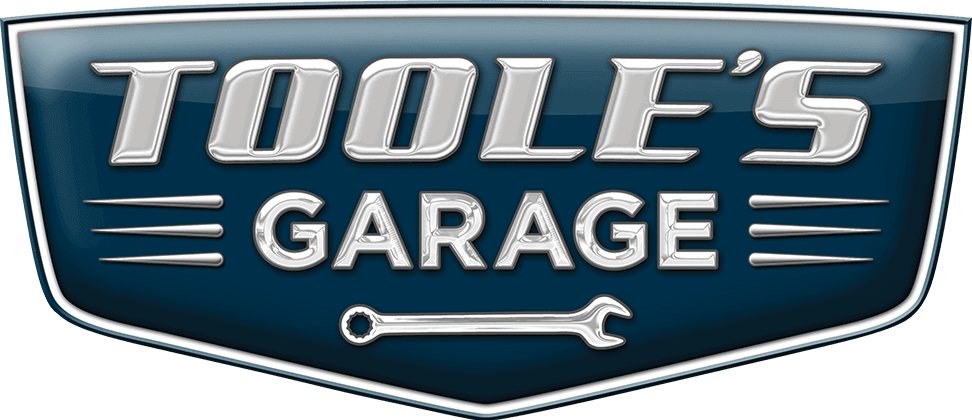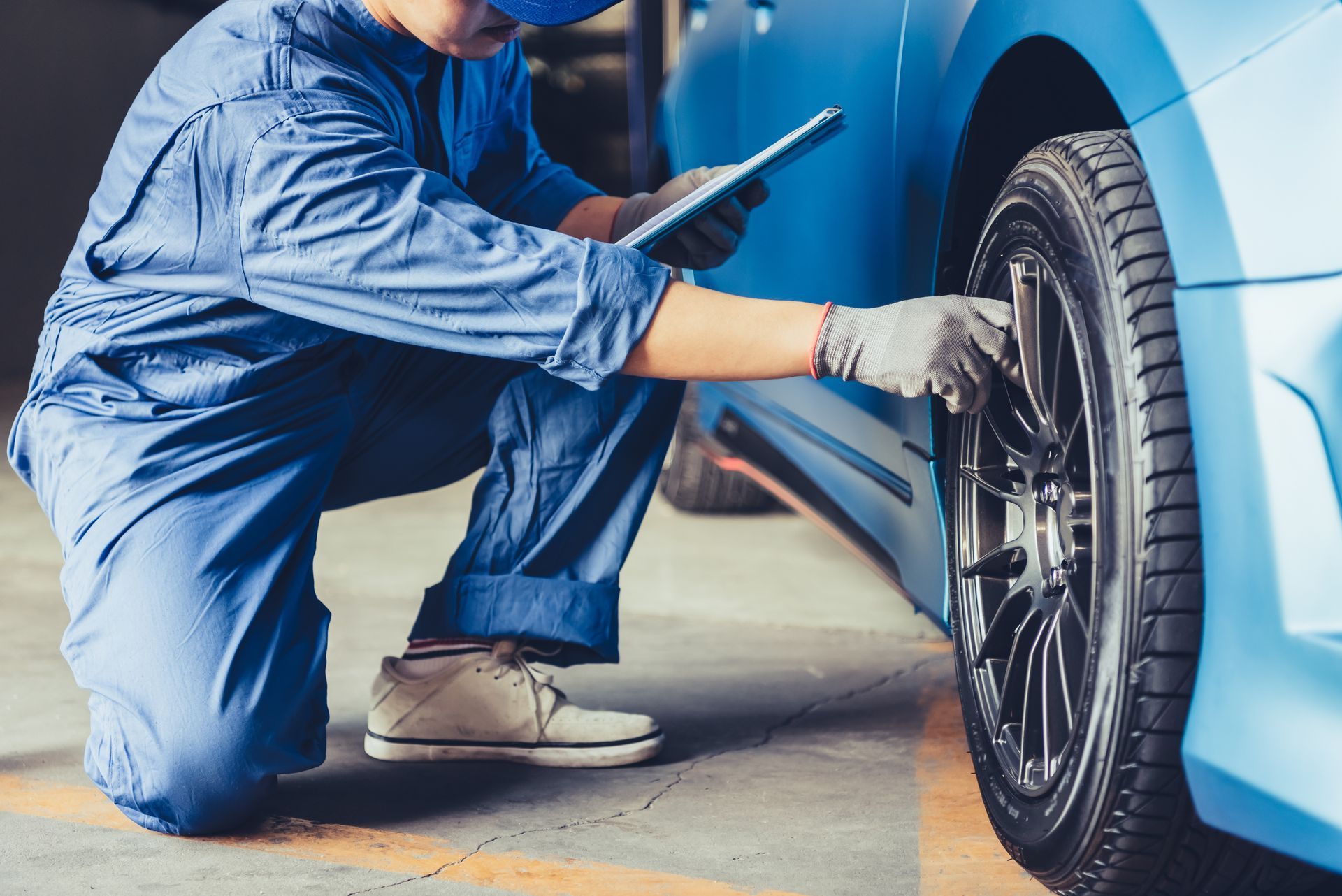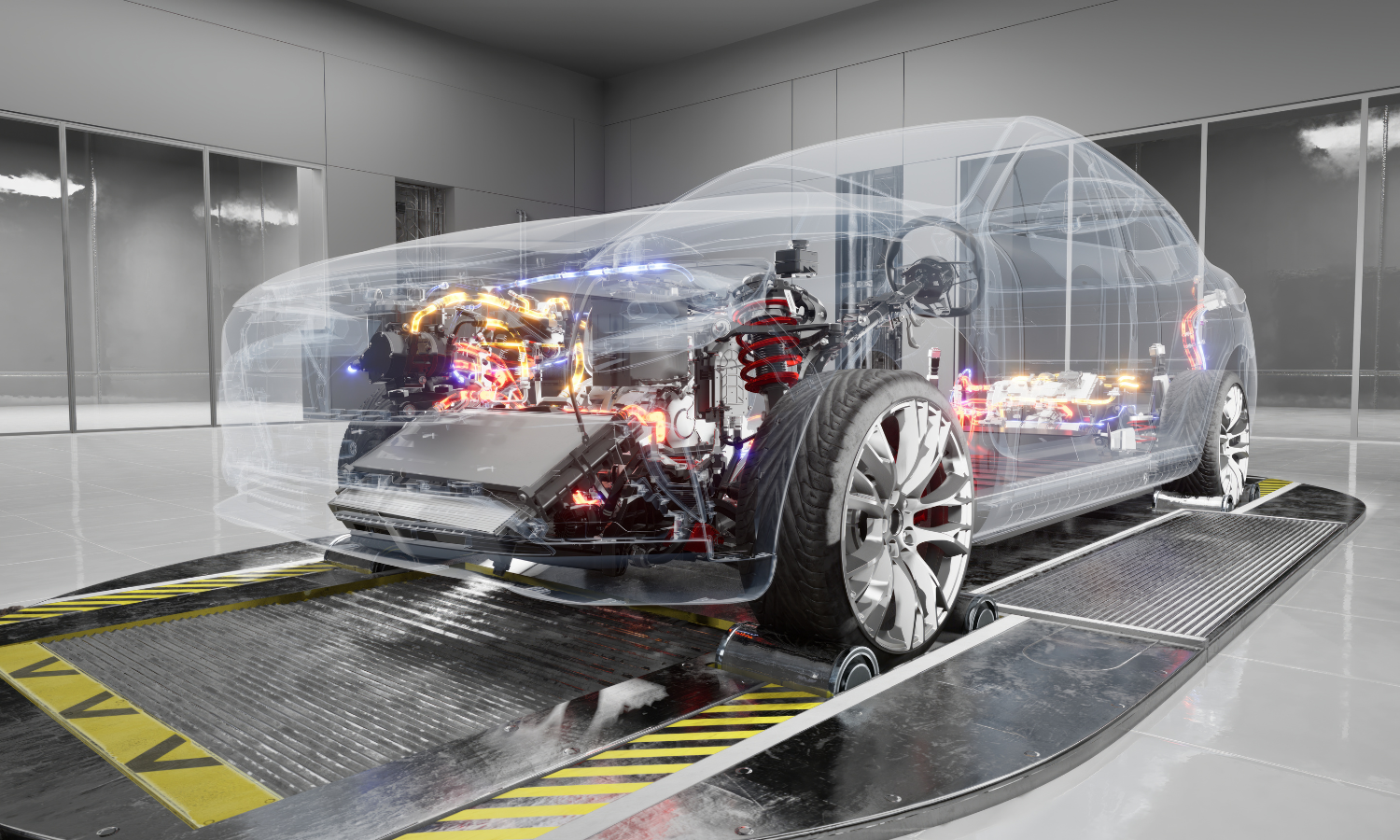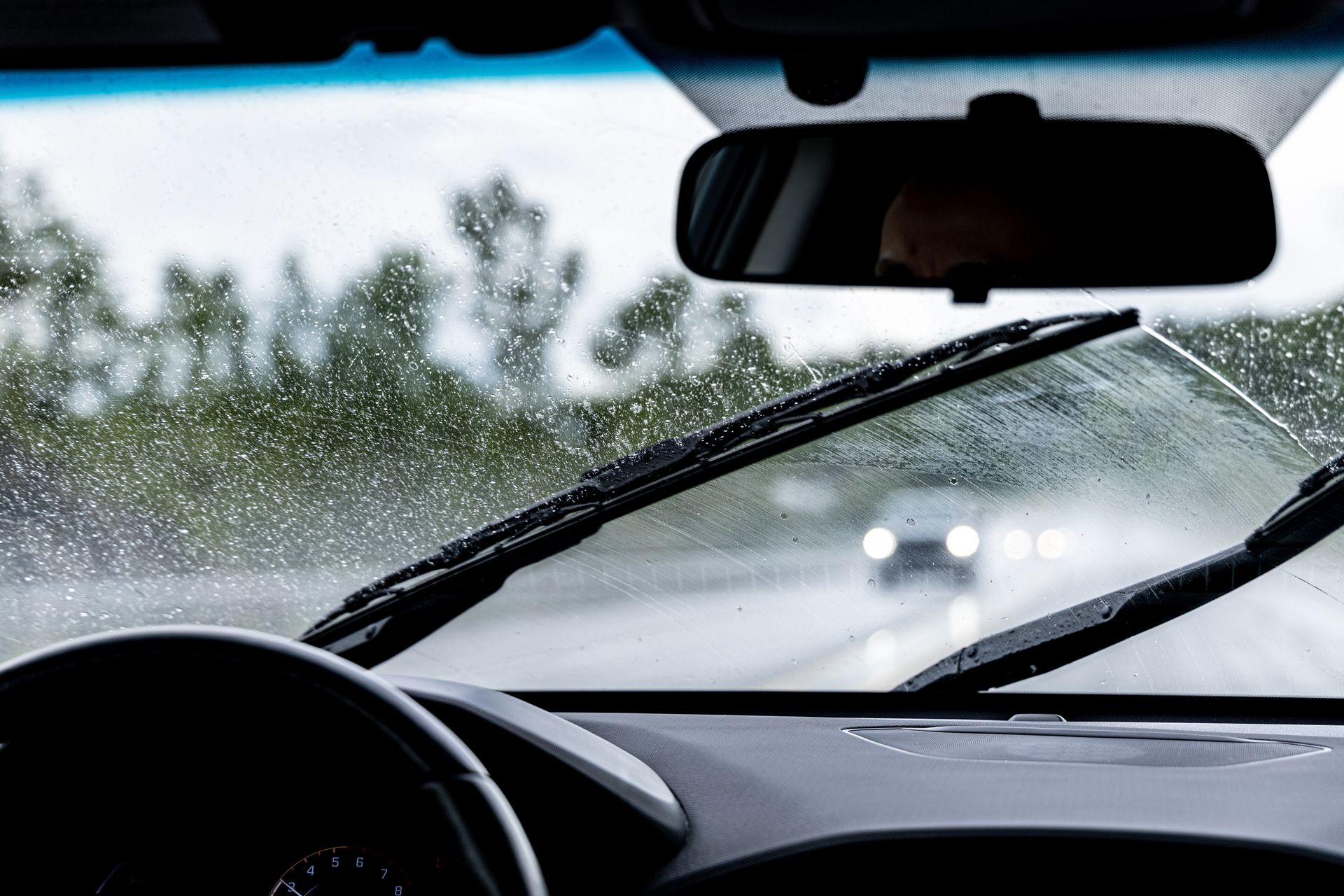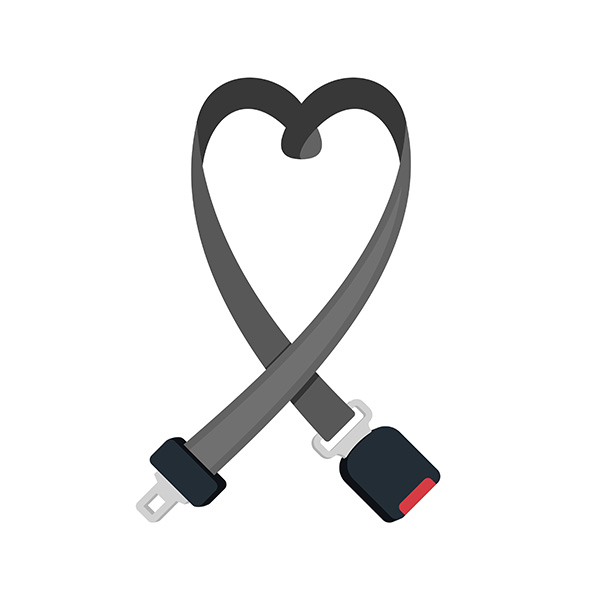
When you slide into the driver's seat or settle into the passenger side, buckling up should be the first thing you do. Seat belts are more than just a legal requirement. They are a vital part of car safety that can save your life in the event of an accident. Yet, despite their importance, many people still underestimate their role, often choosing not to wear them on short trips or simply out of habit. So, why are seat belts so crucial for car safety? Let's explore why this simple device is indispensable.
The Primary Function
The primary function of a seat belt is straightforward—saving lives. During a collision, your car can come to an abrupt stop, but your body will keep moving at the same speed the car was traveling. Without a seat belt, this can result in serious injury or even death as you are thrown against the interior of the car or ejected from it entirely. Seat belts are designed to hold you in place, spreading the force of impact across the stronger parts of your body like the chest, shoulders, and pelvis.
Statistics consistently show that seat belts are highly effective in reducing fatalities in car accidents. According to the National Highway Traffic Safety Administration (NHTSA), wearing a seat belt can reduce the risk of death for front-seat passengers by 45% and cut the risk of serious injury by 50%. These numbers are too significant to ignore, highlighting the life-saving potential of simply buckling up every time you get into a vehicle.
How Seat Belts Work with Other Safety Features
You might think that airbags or modern car safety systems make seat belts unnecessary, but this couldn't be further from the truth. In reality, seat belts are designed to work in tandem with airbags and other safety features. Without a seat belt, airbags can actually cause harm rather than prevent it. Airbags deploy with significant force, and if you're not properly restrained by a seat belt, the impact could result in serious injury.
Moreover, seat belts help keep you in the correct position during a crash, ensuring that the airbag and other safety systems work as intended. In a rollover accident, for example, a seat belt keeps you anchored to your seat, reducing the likelihood of being thrown around the car or even ejected from it. This coordination between different safety mechanisms makes the seat belt an integral part of your vehicle's overall safety design.
Legal and Financial Implications
Aside from the obvious safety benefits, wearing a seat belt is also a legal requirement in most regions. Traffic laws are in place for a reason: to protect drivers and passengers alike. If you're caught driving without a seat belt, you could face fines, points on your driving record, and higher insurance premiums. The financial cost of not wearing a seat belt might seem minor compared to the potential consequences of a serious accident, but it's still an unnecessary burden that's easily avoided.
If you're involved in an accident and are not wearing a seat belt, you might find yourself partially liable for your injuries. This can complicate legal proceedings and reduce the amount of compensation you receive from insurance claims. Therefore, Wearing a seat belt is not just about avoiding fines—it's about protecting your rights and wallet in the long run.
Common Misconceptions About Seat Belts
Despite the clear benefits, some drivers and passengers still resist wearing seat belts, often due to misconceptions or outdated beliefs. Let's address a few of these:
"I'm a safe driver; I don't need a seat belt." No matter how careful you are, you can't control the actions of other drivers. Accidents happen unexpectedly, and a seat belt is your best defense.
"I'm just going a short distance." Most car accidents happen close to home, on roads, you travel frequently. Don't let familiarity breed complacency—always buckle up, even on short trips.
"Seat belts are uncomfortable." While it's true that seat belts can feel restrictive at times, manufacturers design them with comfort and safety in mind. Adjusting your seat and the belt properly can make a big difference.
"I'll be trapped if there's a fire or the car goes underwater." Numerous studies have debunked this myth. In reality, being ejected from the vehicle is far more dangerous than being temporarily restrained by a seat belt.
The Role of Seat Belts in Modern Vehicle Safety
In today's world, cars come equipped with advanced safety features, but seat belts remain the foundation of vehicle safety. Engineers design modern vehicles with the assumption that all passengers will be wearing seat belts. Features like crash sensors, pretensioners, and force limiters in seat belts have improved their effectiveness, making them more than just a strap across your body.
These innovations ensure that seat belts provide optimal protection in various types of collisions, from head-on crashes to rollovers. In some vehicles, seat belts even communicate with the car's safety systems, tightening in response to sudden braking or adjusting tension depending on the severity of the crash.
Don't compromise on safety. Bring your vehicle to Toole's Garage - Stockton , for expert maintenance and inspection. Drive confidently, knowing your seat belts and safety systems are ready to protect you.
